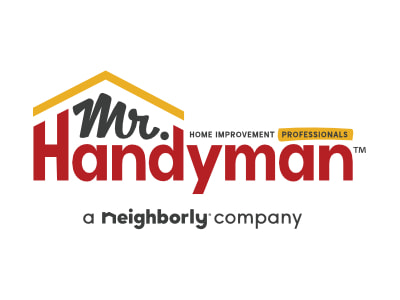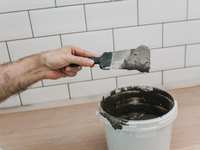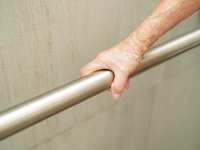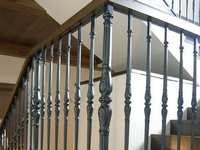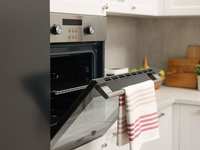- Categories :
- More
Home Accessibility Made Simple
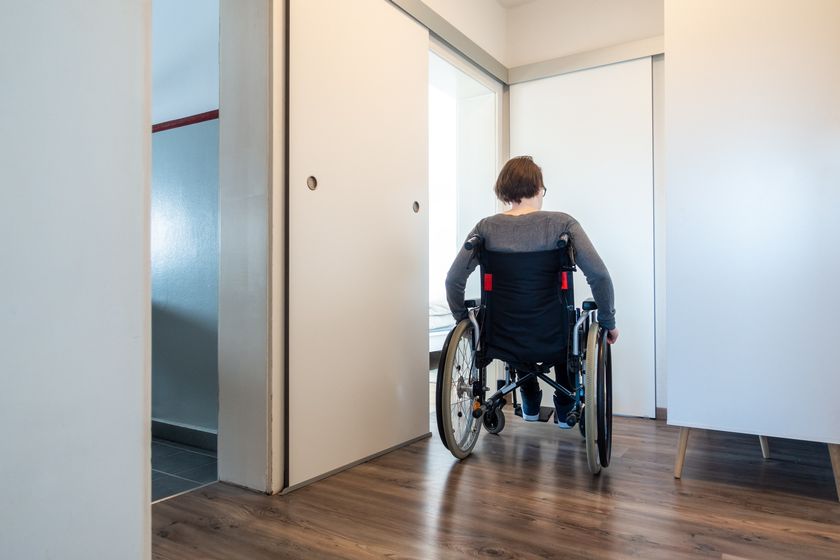
Your home should be a haven for everyone living in it. However, many homes are built without those who have specific physical needs in mind.
Fortunately, there are some impactful ADA upgrades you can make to turn your house into a functional, usable home for everyone. Whether you have an aging family member planning to move in or are experiencing changing physical requirements yourself, enhancing accessibility in your home can benefit all who live there, no matter their specific physical needs.
Benefits of Having an Accessible Home
At its simplest, home accessibility ensures your home can be used effectively and efficiently. Other benefits for occupants include:
- Enhanced mobility
- Increased activity
- Ongoing independence
- Improved mental health and physical wellbeing
Most importantly, a handicap-accessible home helps ensure you and your loved ones can live, work, and play safely.
Home Accessibility Upgrades for Every Room
Are you curious about accessible home renovations that can help transform your space into a livable, usable, and ADA-compliant home? Some popular, practical home modifications can include larger installations like wheelchair ramps or smaller updates such as adding pull-out shelving to your kitchen cabinets and swapping standard light bulbs for voice-activated smart bulbs.
No matter your needs, there are numerous options to consider when planning an accessible home modification project.
Wheelchair Ramps
Wheelchair ramps are one of the most common home accessibility updates. Ramps typically replace stairs, allowing those who use wheelchairs, walkers, or have mobility concerns to enter your home more efficiently.
Depending on your needs, there are a few types of ramps to consider:
- Threshold ramps: Threshold ramps are smaller options typically designed for single-step entryways or uneven interior flooring.
- Portable ramps: As the name suggests, portable ramps are folding, movable options that allow you to pack them away as needed. Not all portable ramps are ADA-compliant, so do your research before purchasing one of these foldable structures.
- Permanent ramps: Permanent ramps may be made of concrete, wood, or metal and are typically designed to remain in place long-term. They may be more costly to install but are often more customizable and dependable for daily use.
Slip-Resistant Flooring
When you’re considering types of flooring for an accessible home, select something with an even finish and just enough grip to reduce the risk of slips, such as laminate or vinyl flooring. If you prefer carpet, low-pile options are easier to navigate with a wheelchair or walker.
Another thing to keep in mind is that rugs and rug pads can easily get caught in wheelchairs, walkers, or even around the feet of someone who may have mobility concerns. Luckily, slip-resistant flooring is available in various colors and patterns, allowing you to express your style while ensuring a safely navigable space.
Walk-In Showers
Walk- or roll-in showers help ensure you and your loved ones can enjoy autonomy in the bathroom while reducing the risk of slips or falls. Moreover, walk-in showers often come equipped with grab bars, making them a two-in-one solution to consider when updating your bathroom.
Lighting and Sound
Adequate lighting is crucial in any home, especially in an accessible home. Ensure there’s plenty of illumination to navigate main living spaces, and consider smart home light bulbs with voice controls or automation to make lighting almost instantaneous.
Lever-Style Door Knobs
Also known as French handles, lever-style door knobs allow for easy gripping and typically require less strength to turn than a round handle. The stylish, streamlined look makes them a perfect design element for main living areas.
Lower Closet Rods
Most closet rods are about 5 feet off the ground, requiring stretching and leaning to reach clothes. Consider lowering closet rods to a more easily accessible height, typically around 3 feet high. You may also add low-profile shelving or dressers to put other clothing items within easy reach.
Replace Conventional Kitchen Storage with Pull-Outs
Pull-out shelving can ensure kitchen essentials are within reach while allowing everyone in your home to access the back portion of a deep shelf. These drawer-shelf hybrids can be installed in kitchen cabinets or islands and can feature higher sides or front edges to ensure items remain safely in place.
Tailored Solutions: Understand Your Unique Needs
While there may be specific ADA-compliant home renovation guidelines to reference, each home and family is different. Luckily, the practical and popular upgrades highlighted in this guide are easy to mix, match, and tailor to your specific needs, no matter if you’re concerned about a loved one’s mobility limitations or want to make your home safer for someone with vision or hearing impairment.
Mobility Limitations
A ramp will likely be your first installation when modifying a home for mobility limitations. However, smaller projects like placing grab bars within a shower, switching to lever door knobs, and widening doorways can make your home more accessible for those who use a wheelchair or walker.
Vision Impairment
Upgrades for those with vision impairments can include simple lighting swaps to brighten dimmer spaces or installing voice-controlled light bulbs to reduce the risk of slips and falls when searching for the switch in a dark room. You may also consider using contrasting colors to help those with vision impairments perceive objects and spaces more clearly.
Deafness or Hearing Impairment
People with hearing impairments can easily miss specific crucial alerts from washing machines, doorbells, fire alarms, and more. With that in mind, consider options with flashing lights or, in the case of a phone, the option to swap to vibrate so those with a hearing impairment can still be alerted to a call.
Finding the Right Solutions for Your Budget and Lifestyle
Updating your home to make it accessible to those with specific physical demands can feel daunting. However, there are a range of resources to guide you before you begin a project, including:
- HomeMods.org’s National Directory of Home Modification and Repair Resources
- The USDVA’s guide to disability housing grants for veterans
- The National Residential Improvement Association’s home improvement and modification application
- The IRS guide to tax-deductible home modifications
Count on our experienced service professionals at Mr. Handyman® for help. Rather than trying to manage a project on your own, one simple call ensures easy scheduling, expert care, and one-stop residential improvements from our team.
From installing pull-out shelving in your kitchen to planning a larger modification project, we're more than just a service provider. We're your partner, ready to stand by your side every step of the way. We even back every project with our Neighborly Done Right Promise™ so you can feel confident in your home modification project from start to finish.
Mr. Handyman: Professional Solutions for Home Accessibility
Ready to transform your house into a home that supports you and your loved ones and gives you the control and freedom to live life to the fullest? Get in touch today to request service and start planning a more accessible future.

